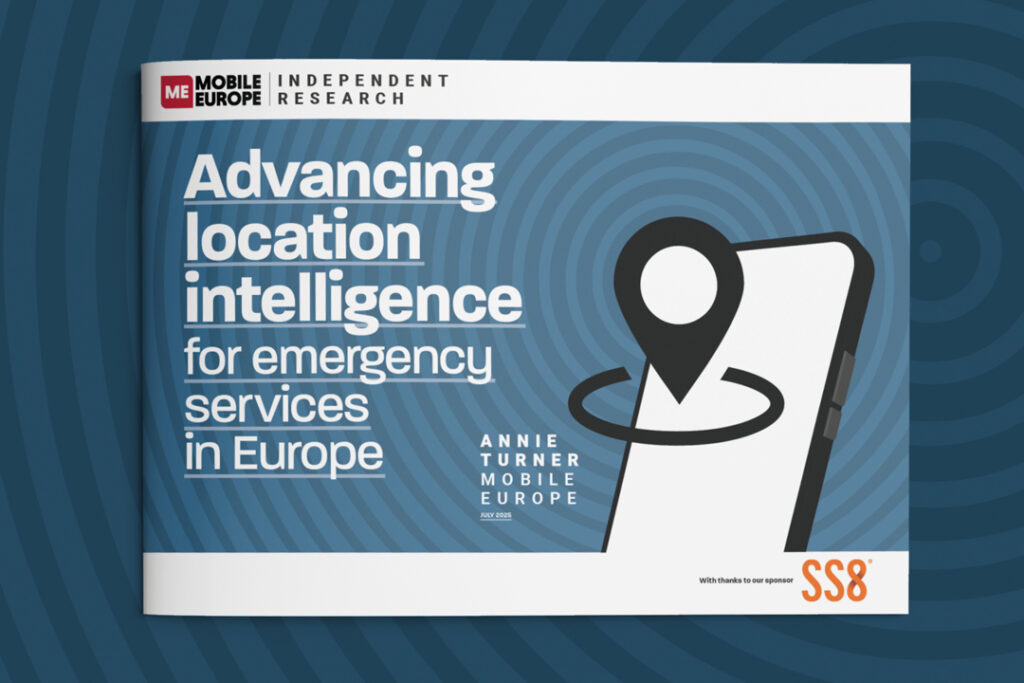Unlike other European countries, France’s heavy reliance on nuclear gives it a window of opportunity to build more data centres
France is becoming a default European hub for data centre development due to its low-carbon intensity, stable baseload supply, and its position as a digital interconnection hub. Central to this is that France already derives 65-70% of its electricity from nuclear, giving it low-carbon, stable, and abundant baseload power today.
With more than 250 data centres already in operation, the country is leveraging its low-carbon nuclear-powered electricity grid and central geographic position to attract growing investment in digital infrastructure.
According to Aurora Energy Research, electricity demand from data centres in France is set to increase by 74% by 2050 – nearly doubling in the coming decades before levelling off. That growth is underpinned by a pipeline of 11 GW – according to Aurora’s figures – of new data centre capacity awaiting grid connection, signalling intensifying demand for data services and computational power. While that hefty 11 GW probably includes speculative and non-finalised projects, the trend is still pretty striking.
Aurora’s estimations indicate that data centre electricity usage in France has already tripled since 2019, rising from 3 TWh to 10 TWh in 2022, now accounting for 2.2% of the nation’s total electricity consumption. Demand is expected to continue rising sharply, especially as AI-driven workloads increase.
While Aurora’s figure contrasts with some public estimates, which place data centres closer to 1–1.5% of national demand, they point out that this data centre-driven surge comes as part of a broader rebound in France’s industrial electricity demand. Total demand rose for the first time in 2024, and Aurora forecasts a 20% increase in industrial electricity demand by 2060, driven by economic growth and electrification, despite the offsetting effects of improved energy efficiency.
Hub status
France’s existing reliance on nuclear power gives it a strategic advantage to scale up data centre development faster than many other European countries, especially those aiming for carbon neutrality but lacking abundant non-carbon baseload power. France’s attractiveness as a hub is further reinforced by its 20 submarine cable connections, linking it to global digital traffic routes and enhancing its strategic value for data-heavy industries.
Other European nations are: shutting down nuclear (e.g., Germany); relying heavily on gas as a transition fuel (e.g. Italy); or waiting on large-scale renewables plus storage plus grids – which are not yet reliable for continuous high-load operations like data centres. In addition, small modular reactors (SMRs), are still in development and likely at least a decade away. Similarly, large-scale hydrogen or energy storage solutions, face cost and infrastructure challenges.
“Data centre placement in France has many strategic benefits, from stable decarbonised power from the nuclear fleet, to a central position interconnected to the global information network through undersea cables,” said Aurora product manage (France) Jonathan Hoare. “We expect to see this demand increase globally but France in particular will be a hub for this expansion in Europe – the 11GW potential pipeline is testament to that.”
Earthy matters
Regardless of the advantages of nuclear for France – a technology only marketers would call clean – this sort of energy growth is profound for the country, and the planet. In mitigation, the global analytical provider states that unlike other sectors, data centres exhibit highly stable electricity demand throughout the day, varying by only 5% intraday. However, seasonal variations of up to 23% occur due to cooling needs, which can represent up to 40% of total energy consumption for these facilities.
Meanwhile significant progress has been made in improving energy efficiency – with the Power Usage Effectiveness (PUE), which in this case refers to the ratio of electricity consumed to power the whole data centre versus electricity consumed, dropping from over 2.5 in 2007 to around 1.5 today – further efficiency gains are expected, with modern data centres able to achieve a PUE of 1.1.
However, even with national nuclear generation, grid constraints at the regional level (e.g. around Paris or Marseille) could bottleneck new data centre builds. Local substations and transmission must be reinforced as well.
More importantly, Nuclear and data centres both use significant water for cooling, so site selection must avoid thermal conflict, especially during heatwaves or droughts , which are becoming more frequent anyway. As a result, Although nuclear is broadly accepted in France, new data centres may face local opposition due to water use, land use, or perceived strain on resources.
Aurora’s analysis does highlight the urgent need for coordinated action among policymakers, regulators and energy providers to ensure that the grid can support this structural shift in demand, enabling both industrial growth and digital transformation. The trouble is, Jevons’ Paradox suggests that the more successful the data centre sector is, the overall environmental impact from the resultant energy demands is bound to worsen.
The paradox was proposed by 19th century economist William Stanley Jevons, who observed that as coal use became more efficient, it was also paradoxically leading to an increase, and not a decrease, in the consumption of coal across different industries.



